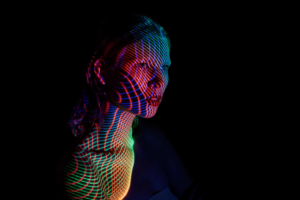

I have been using cymba concha stimulation in my clinic for TaVNS. This article corroborates that practice.
Optimization of Transcutaneous Vagus Nerve Stimulation Using Functional MRI.
Abstract
OBJECTIVE/HYPOTHESIS:
Vagus nerve stimulation (VNS) is an established therapy for drug-resistant epilepsy, depression, and a number of other disorders. Transcutaneous stimulation of the auricular branch of the vagus nerve (tVNS) has been considered as a non-invasive alternative. Several functional magnetic resonance imaging (fMRI) studies on the effects of tVNS used different stimulation parameters and locations in the ear, which makes it difficult to determine the optimal tVNS methodology. The present study used fMRI to determine the most effective location for tVNS.
MATERIALS AND METHODS:
Four stimulation locations in the ear were compared: the inner tragus, inferoposterior wall of the ear canal, cymba conchae, and earlobe (sham). Thirty-seven healthy subjects underwent two 6-min tVNS stimulation runs per electrode location (monophasic rectangular 500 μs pulses, 25 Hz). General linear model was performed using SPM; region-of-interest analyses were performed for the brainstem areas.
RESULTS:
Stimulation at the ear canal resulted in the weakest activation of the nucleus of solitary tract (NTS), the recipient of most afferent vagal projections, and of the locus coeruleus (LC), a brainstem nucleus that receives direct input from the NTS. Stimulation of the inner tragus and cymba conchae activated these two nuclei as compared to sham. However, ROI analysis showed that only stimulation of the cymba conchae produced a significantly stronger activation in both the NTS and LC than did the sham stimulation.
CONCLUSIONS:
These findings suggest that tVNS at the cymba conchae properly activates the vagal pathway and results in its strongest activation, and thus may be the optimal location for tVNS therapies applied to the auricle.

